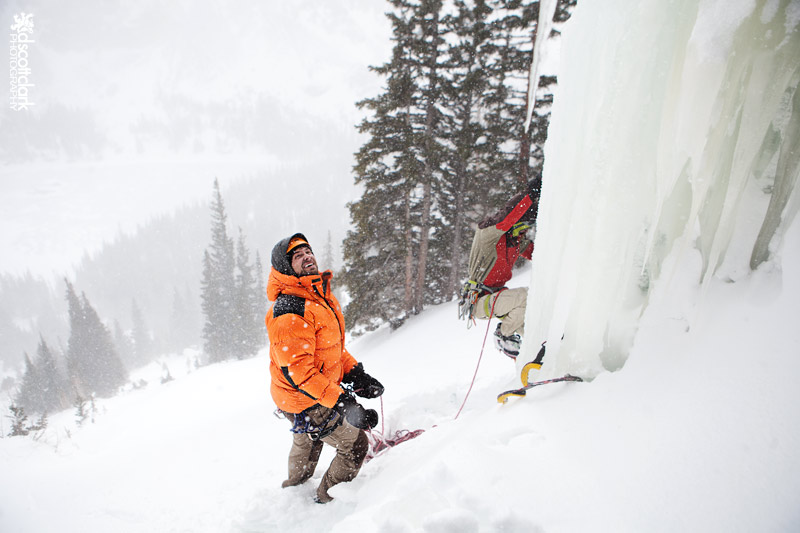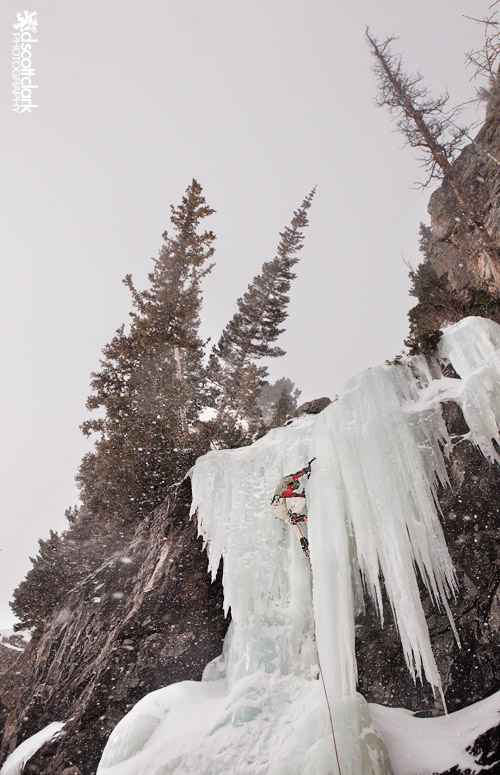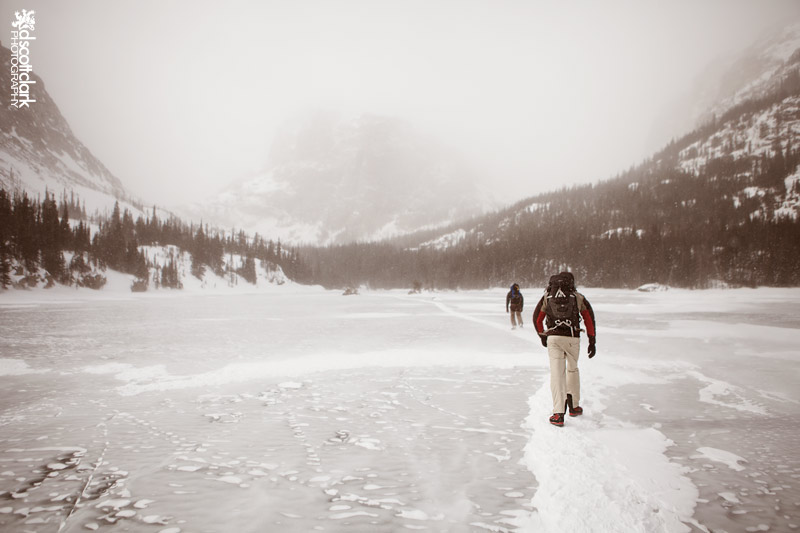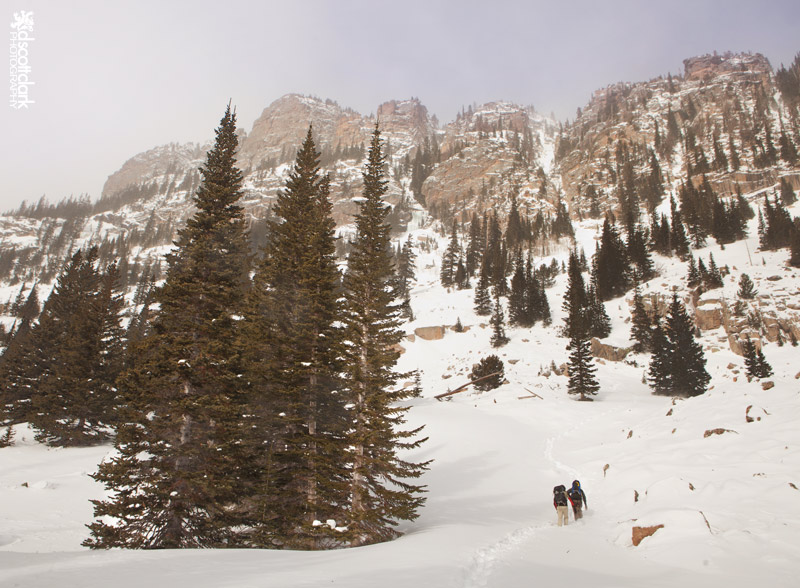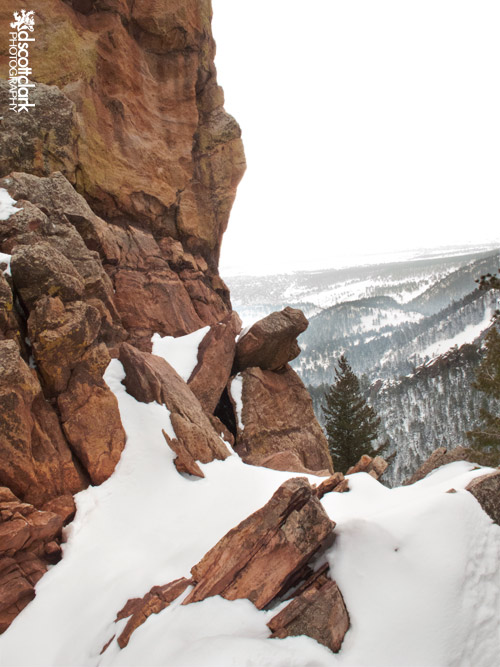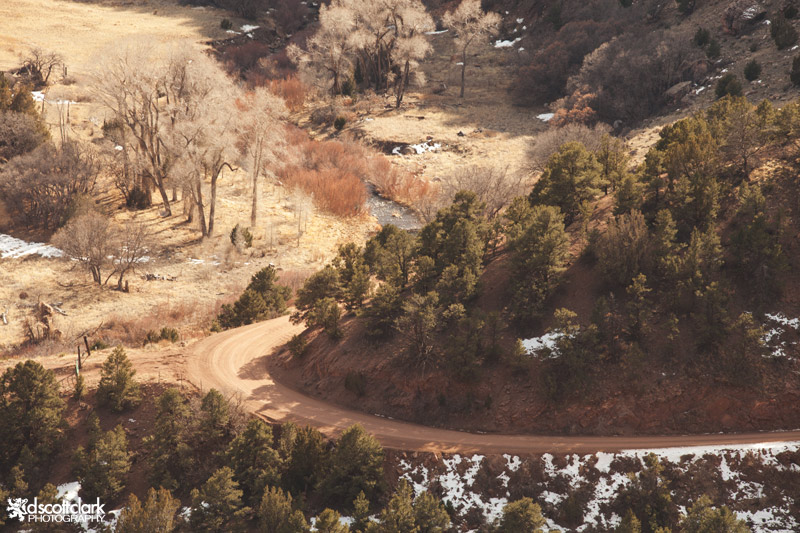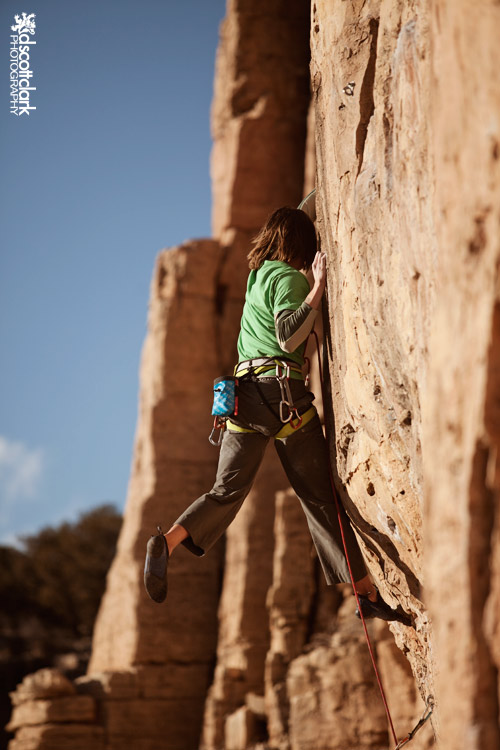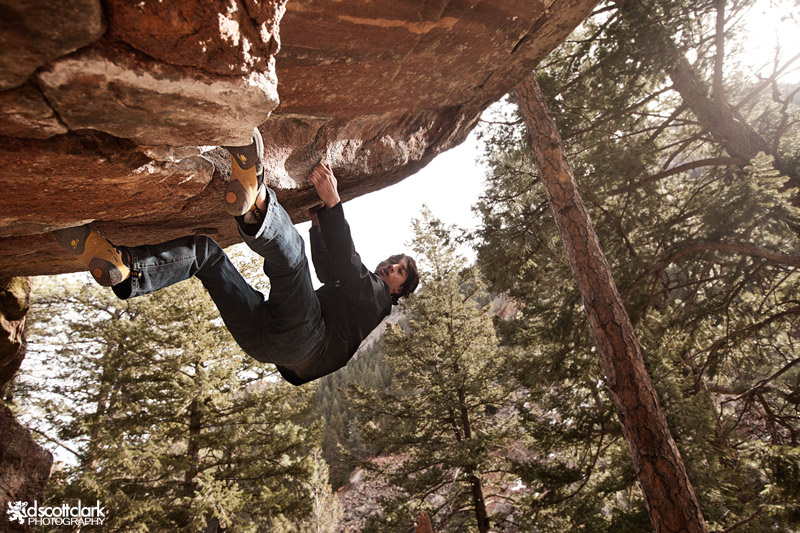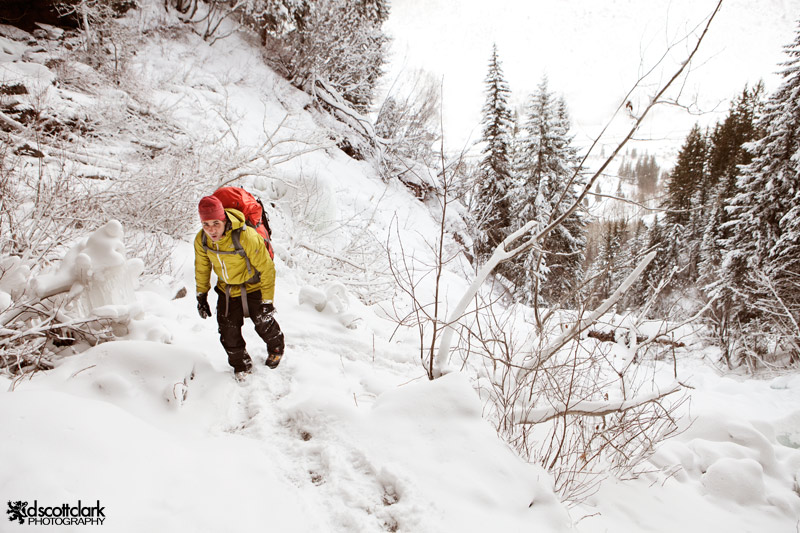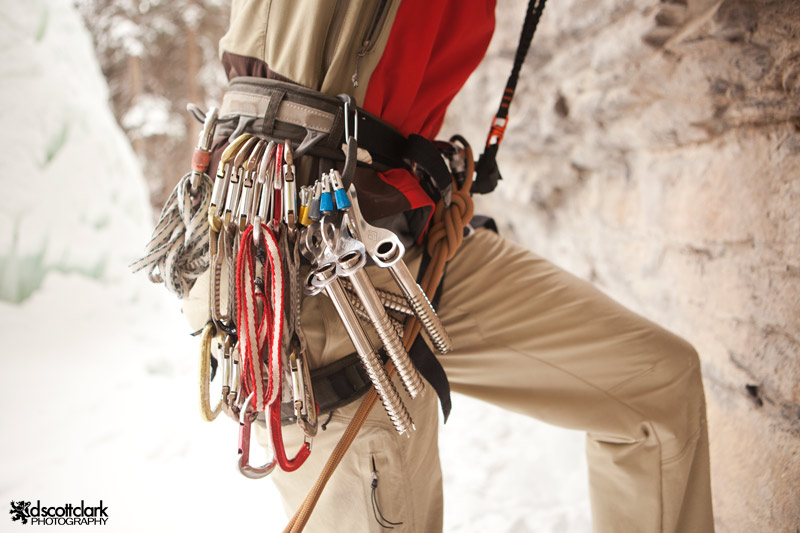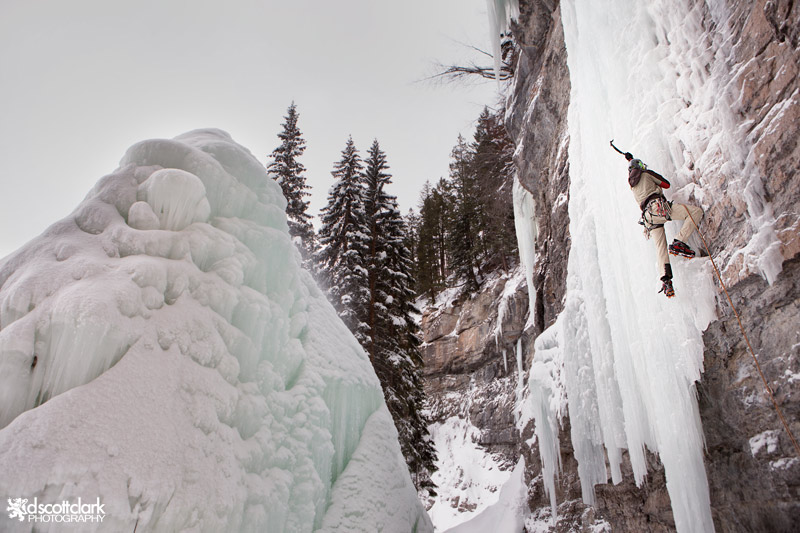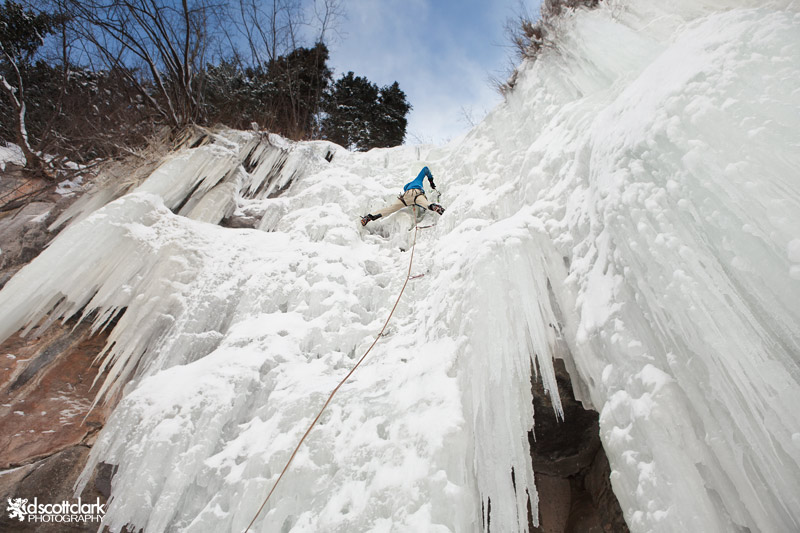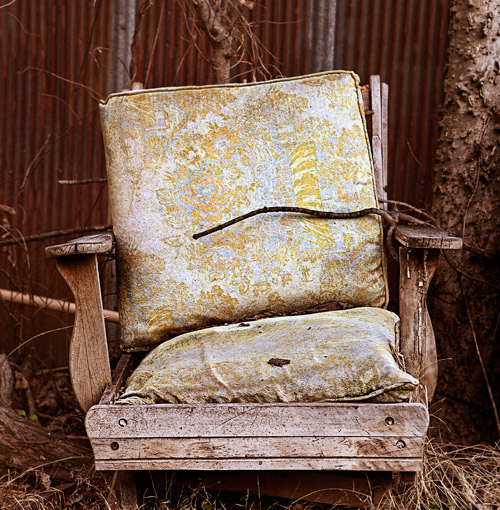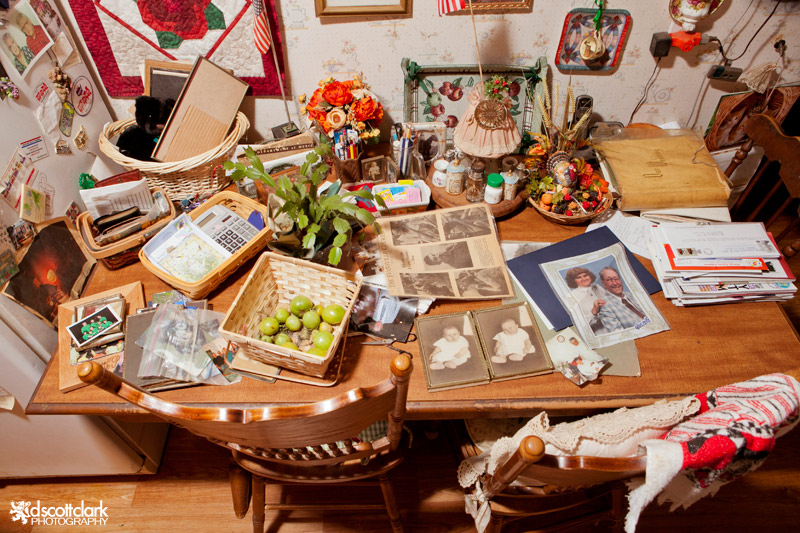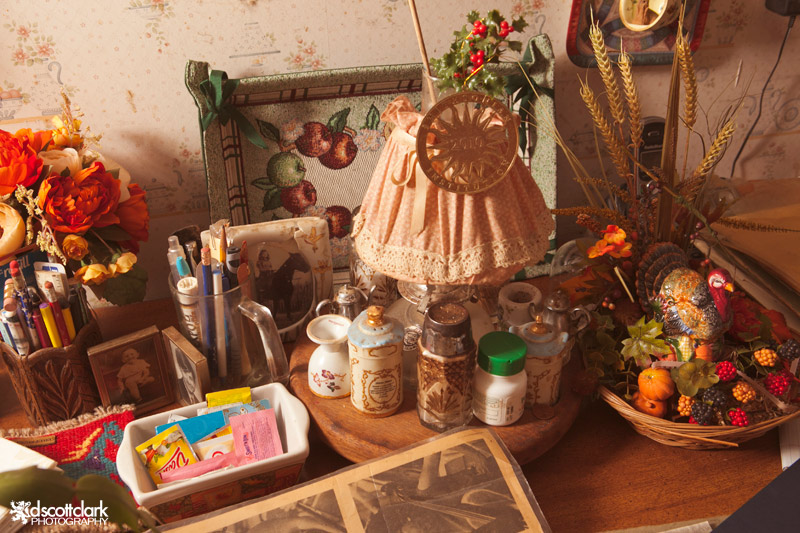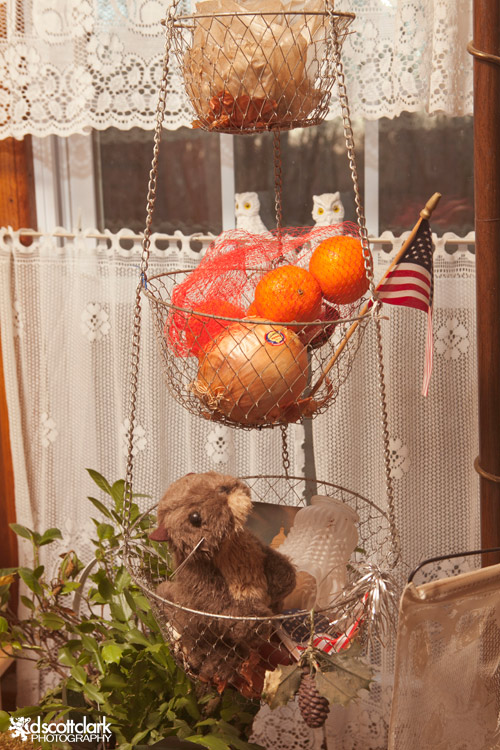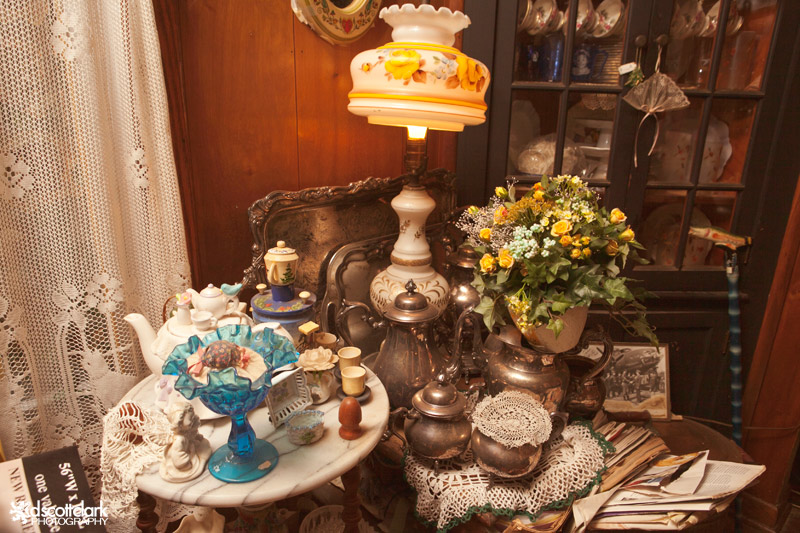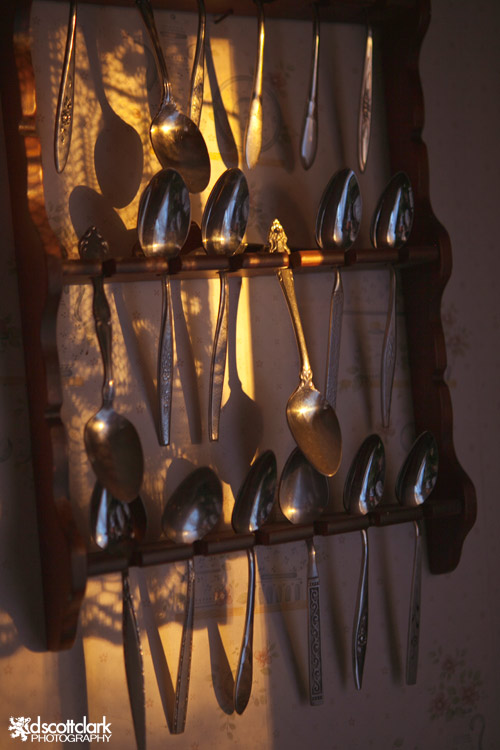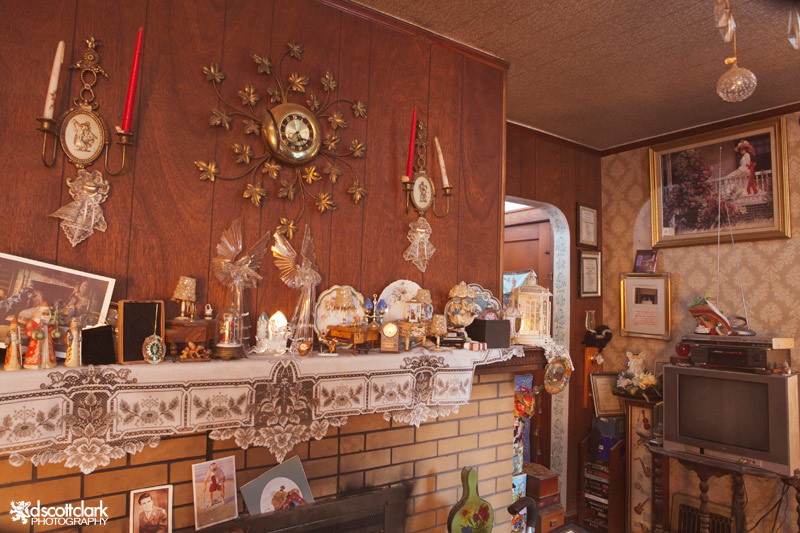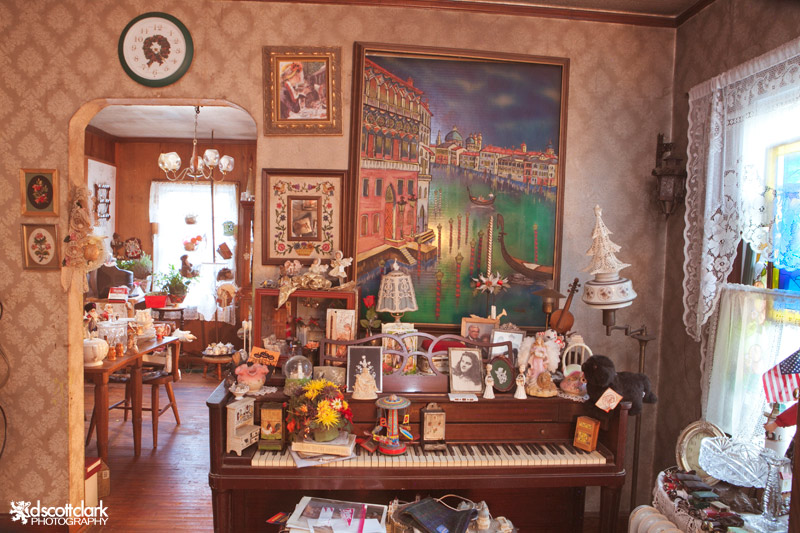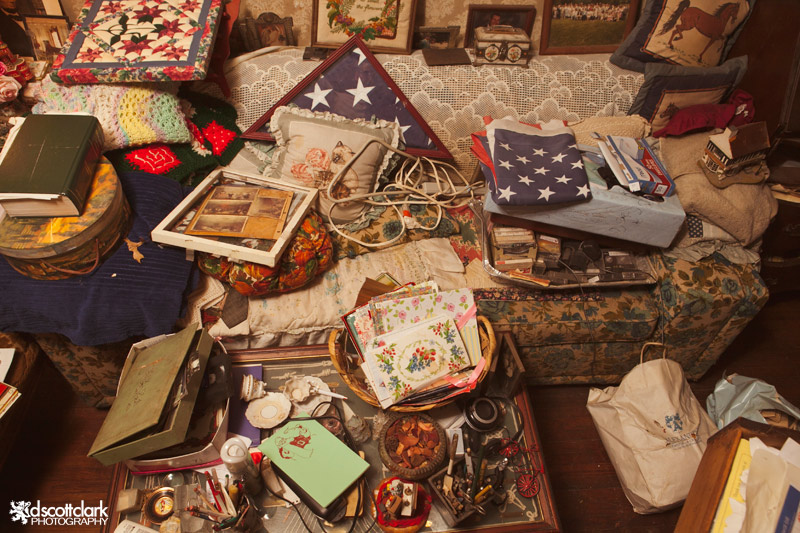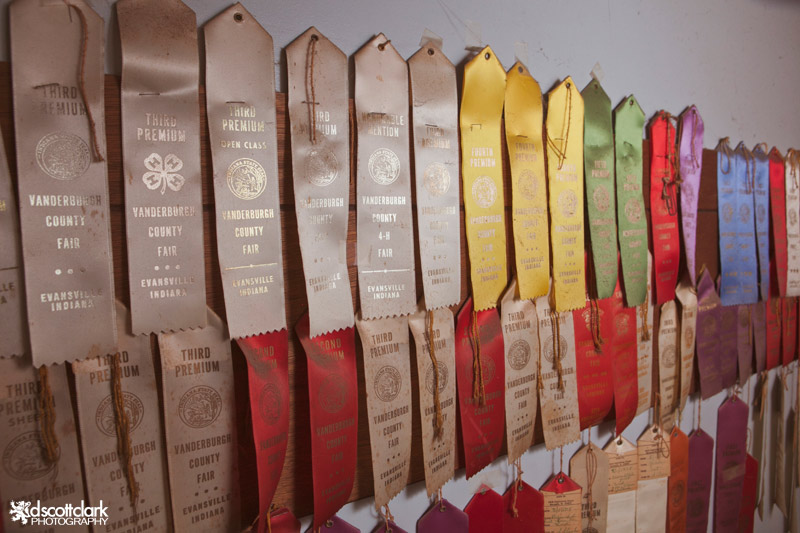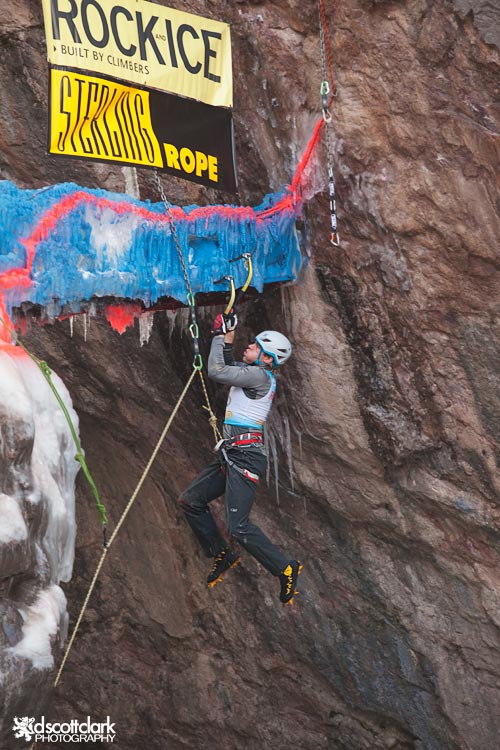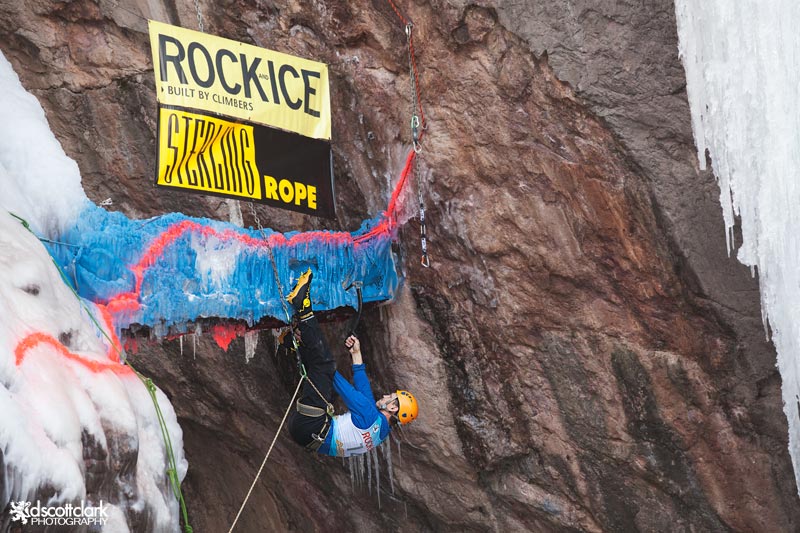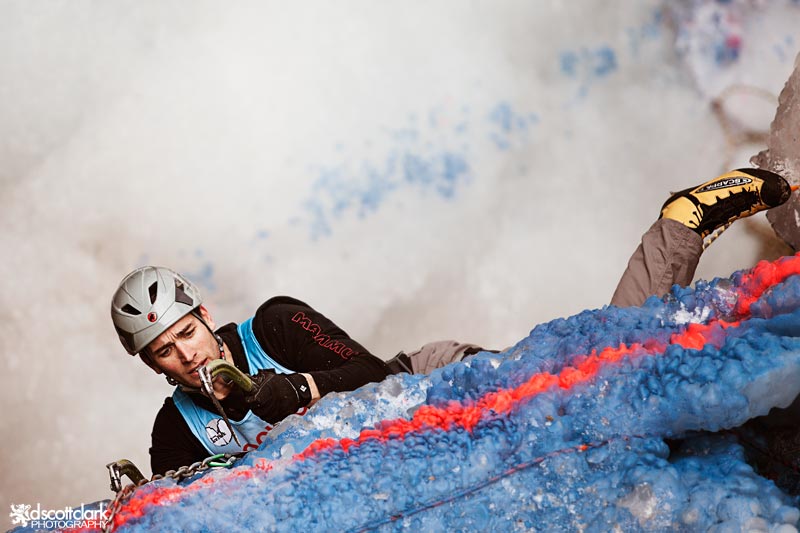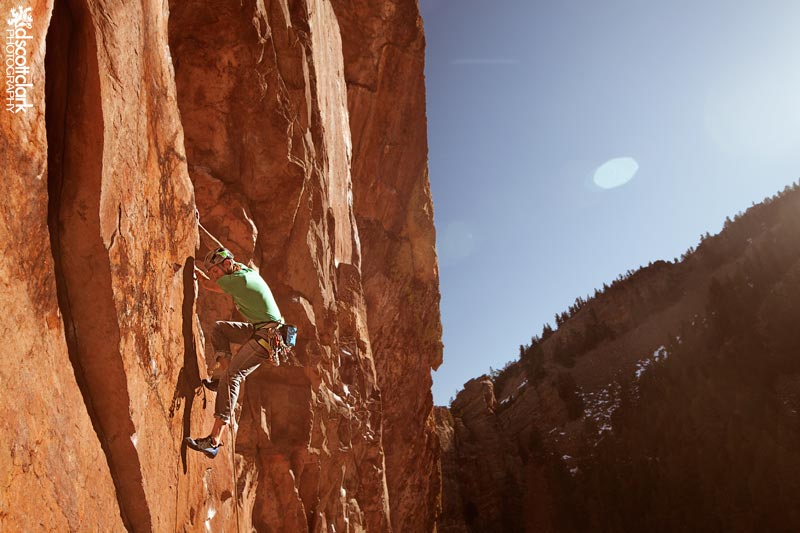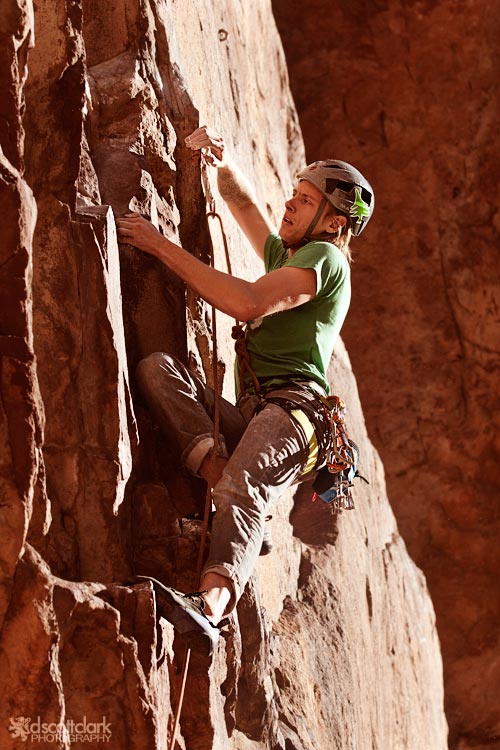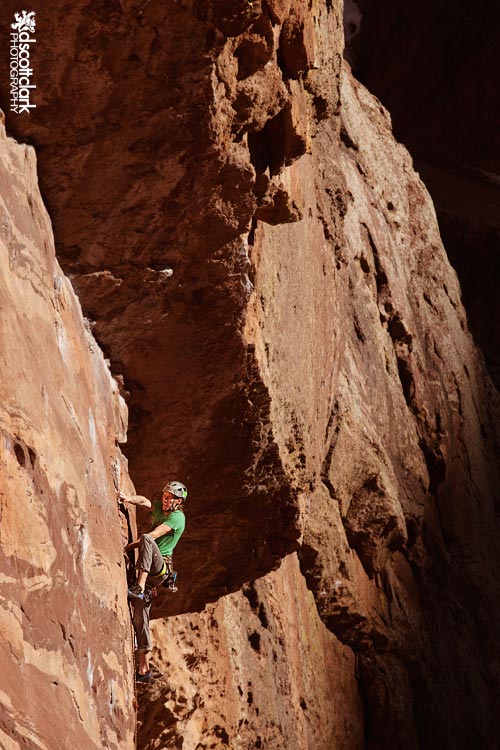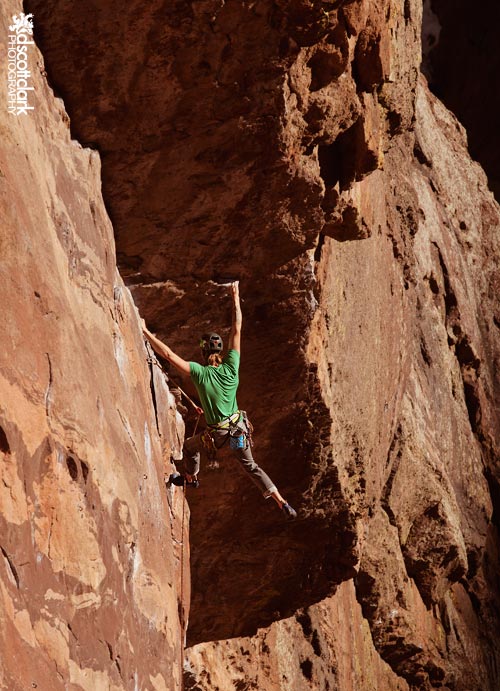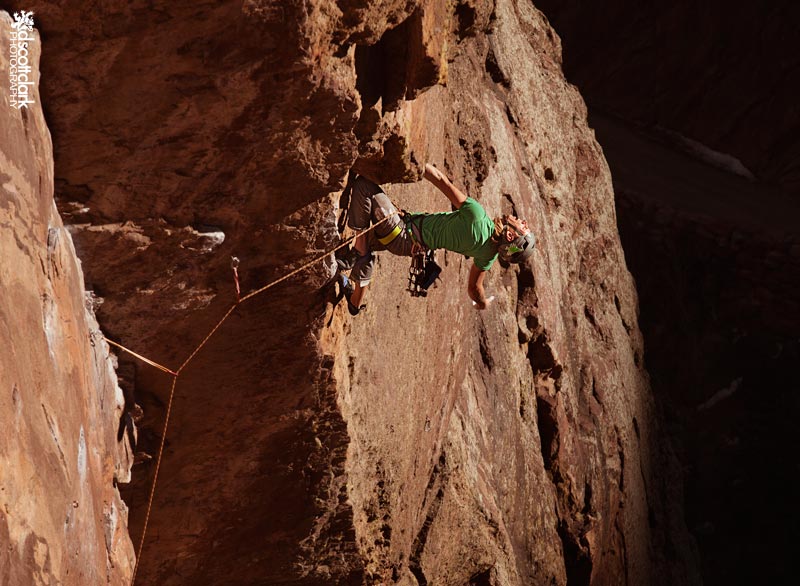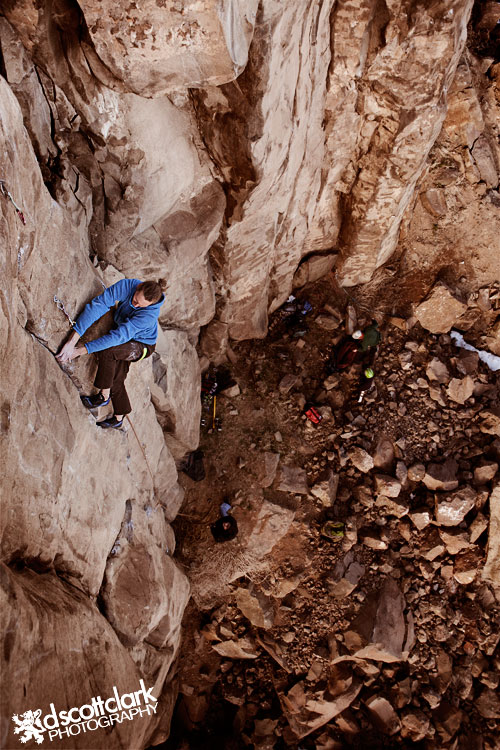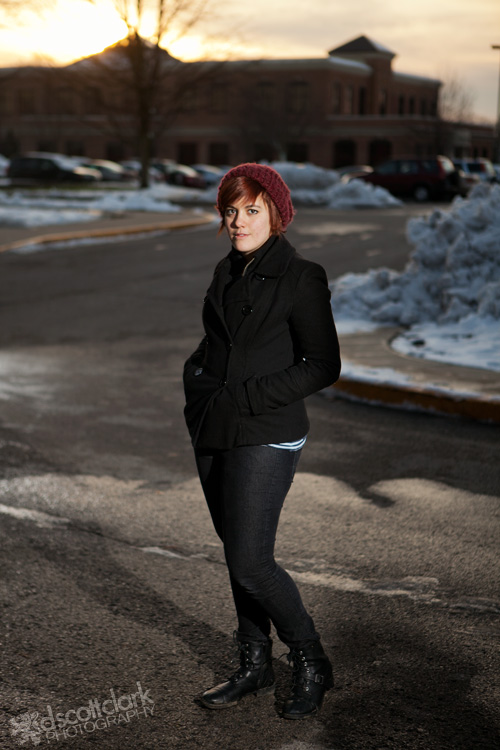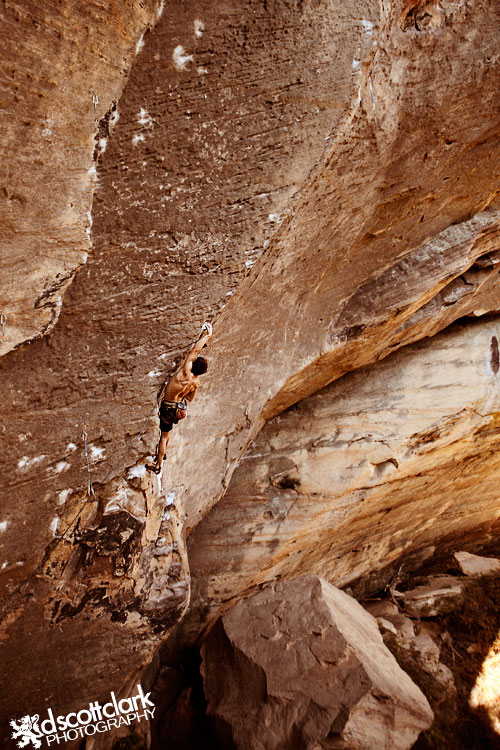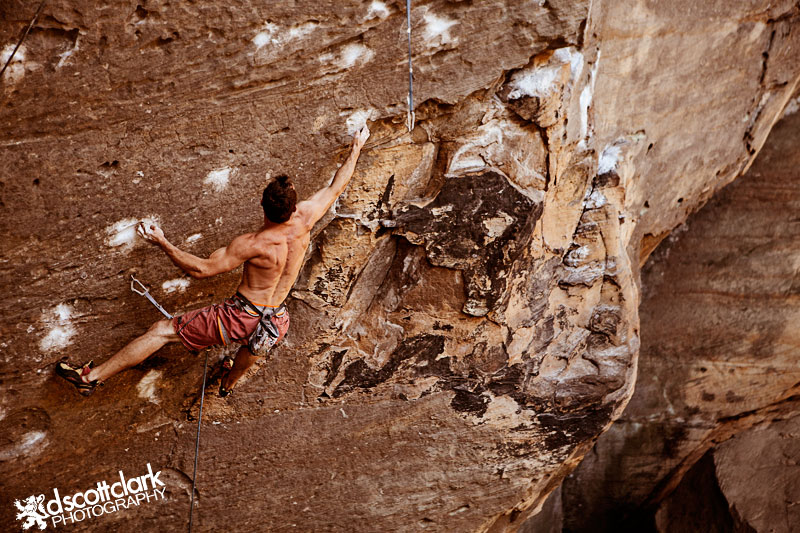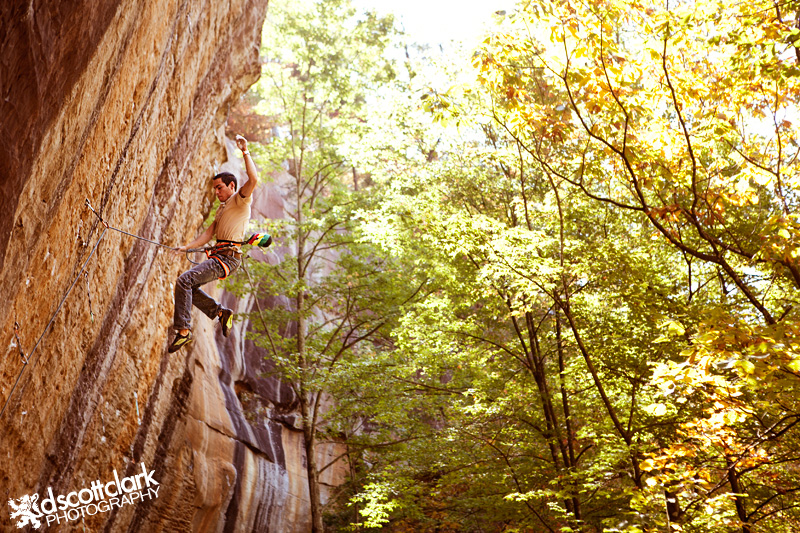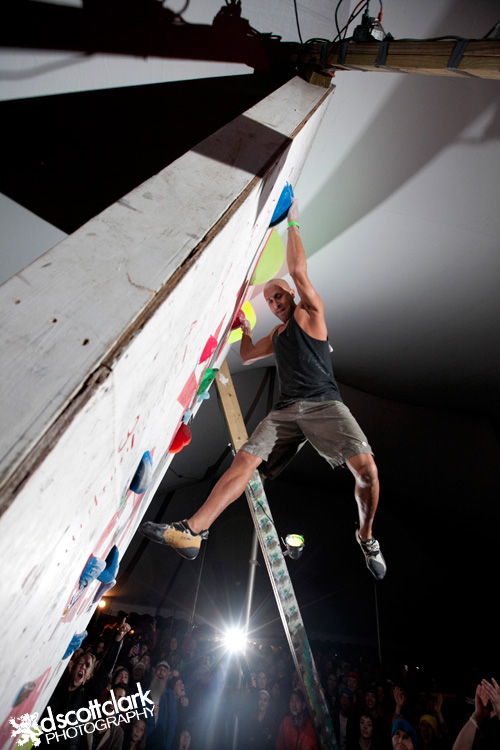Jonathan Mitchell working through Paradise Lost, 5.13a, Purgatory, PMRP, Red River Gorge, Kentucky
What’s better than beer at Octoberfest? How about beer and rock climbing? Every year for the first weekend of October hundreds of climbers descend upon Red River Gorge, Kentucky to celebrate Rocktoberfest. Red River Gorge offers some of the best overhanging sport climbing in the country and climbers come from all over the world to climb here. I went down by myself to meet up with as many climbers as I could. The first day I wound up at Purgatory in the PMRP with a rag tag group of climbers from all over the country (and world). John Sites, of Louisville, worked his way up Dracula 5.13b, to hang my fixed rope.
This was my first opportunity to try out my new
Black Diamond Bosun’s Chair! Ascending the fixed rope I test out the seat: 1000x more comfortable than my ten year old BD Harness. No longer am I losing circulation in my legs; I am sitting on a padded plank with a bit of a backrest. I attach another line to my harness and one of the climbers below ties it to a rock. This allows me to stabilize myself and keep myself from spinning freely. Otherwise I’m constantly twisting my body trying to stay in position to shoot as I spin like a top. I’m slowly figuring out what works best for these shoots.
From this position I can see Lucifer 5.14c (which I shot Neal Sipahimalani on back in June), The Castle Has Fallen 5.13b, and Paradise Lost 5.13a. The climbers take turns attempting the right two routes, Castle and Paradise.
Jonathan Mitchell working through Paradise Lost, 5.13a, Purgatory, PMRP, Red River Gorge,
Jonathan Mitchell working through Paradise Lost, 5.13a, Purgatory, PMRP, Red River Gorge, Kentucky
Vian Charbonneau prepares to move through the top crux of The Castle Has Fallen, 5.13b, Purgatory, PMRP, Red River Gorge, Kentucky
Martin Trtilek, from the Czech Republic, powers through the traverse on Paradise Lost 5.13a, Purgatory, PMRP, Red River Gorge, Kentucky.
Martin Trtilek, from the Czech Republic, powers through the traverse on Paradise Lost 5.13a, Purgatory, PMRP, Red River Gorge, Kentucky.
Nathan Rasnick takes his time on Paradise Lost 5.13a, Purgatory, PMRP, Red River Gorge, Kentucky.
If you want to find climbers in the Red you head to Miguel’s Pizza. You’ll find them camping out, eating delicious pizza or cooking on a camp stove, and slacklining to pass the time between climbs. In the morning at Miguel’s I had met a group of climbers from Spain that appeared to be super strong. Turns out that two of them, Pablo Barbero and Pablo Beltran, are firefighters that climb 5.14’s regularly. They tell me to meet them at Drive-By Crag in the afternoon. Despite it being October the temperatures are in the 80’s, and they do not want to climb in the sun. With the heat and humidity, the friction of the rock is not ideal for climbing hard routes. Ideally you’d want it about 20º cooler.
By the time I get off my perch at Purgatory and hike to Drive-By, there is not a lot of light left. Pablo Barbero is just jumping on Kaleidoscope 5.13c, so I don’t have time to get a position off of the ground. I was really hoping to shoot more, especially in some different areas other than Purgatory.
Pablo Barbero hangs on through the top crux of Kaleidoscope, 5.13c, Drive-By Crag, PMRP, Red River Gorge, Kentucky
Saturday at Rocktoberfest is the main event. Hundreds of climbers compete in an outdoor climbing competition at the Motherlode and other areas off of the Sore-Heel parking lot. It would have made sense for me to be there to photograph as much as possible, but of course, I got sidetracked. Neal was attempting God’s Own Stone at the Gold Coast on the other side of PMRP (Pendergrass-Murray Recreational Preserve) and I went to capture his efforts.
Jordan Garvey attacking Golden Boy 5.13b, The Gold Coast, PMRP, Red River Gorge, Kentucky
Neal Sipahimalani working through God’s Own Stone 5.14a, The Gold Coast, PMRP, Red River Gorge, Kentucky
Neal Sipahimalani working through God’s Own Stone 5.14a, The Gold Coast, PMRP, Red River Gorge, Kentucky
Neal Sipahimalani working through God’s Own Stone 5.14a, The Gold Coast, PMRP, Red River Gorge, Kentucky
Neal Sipahimalani working through God’s Own Stone 5.14a, The Gold Coast, PMRP, Red River Gorge, Kentucky
Neal Sipahimalani working through God’s Own Stone 5.14a, The Gold Coast, PMRP, Red River Gorge, Kentucky
The sun goes down over the red rocks and the autumn leafed trees. Everyone filters into the Rocktoberfest campgrounds for the festivities. You can use a sling shot to shoot water balloons at corporate sponsors’ signs for prizes, or try and hit “Idiot Boy” to win $100. You can try to stack milk crates while sitting on top of them for bragging rights.
This guy stacked 22 milk crates, an impressive feat anywhere. But balanced on a piece of plywood feebly leveled on wet grass the crates are never stable.
Protected from a fall by an auto-belay device attached to a crane overhead, participants avoid a painful crash to the ground once their stacking potential reaches it’s peak.
Then comes the dyno competition, the highlight of the evening. On a wall made from plywood climbers launch themselves from start holds near the ground and try to reach a range of finishing holds at the top. Not all make it, and others make it look easy.
 |
| A bouldering comp competitor fails to grab the finishing hold |
Jordan Garvey attemps to grab the sloper finishing holds.
Frank Cleveland of Fishers, Indiana wins the dyno comp by sending this problem, with the
finishing holds the blue and read slopers.
Overall Rocktoberfest was a good time, but I didn’t really shoot as much as I would have liked. And honestly, I don’t know when I will be able to spend more time in Red River Gorge. But soon I will have all of Colorado before me.


